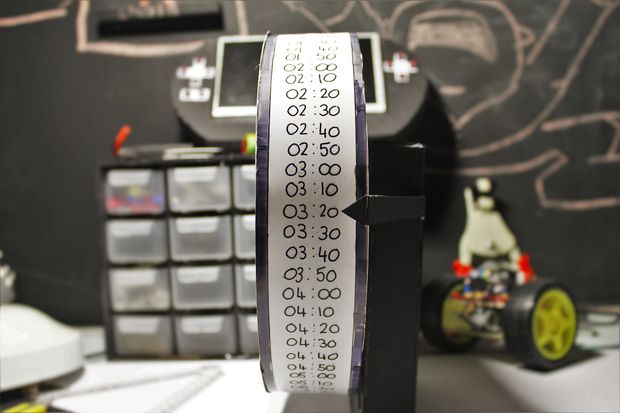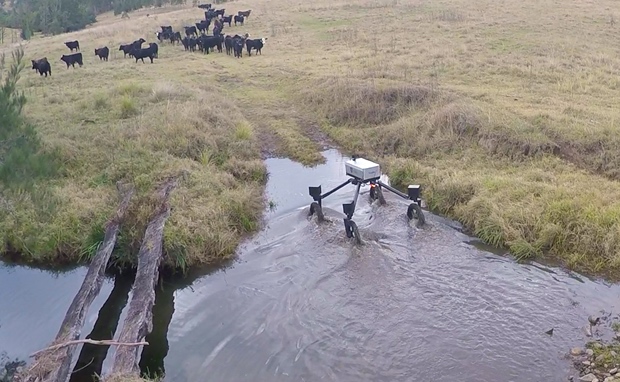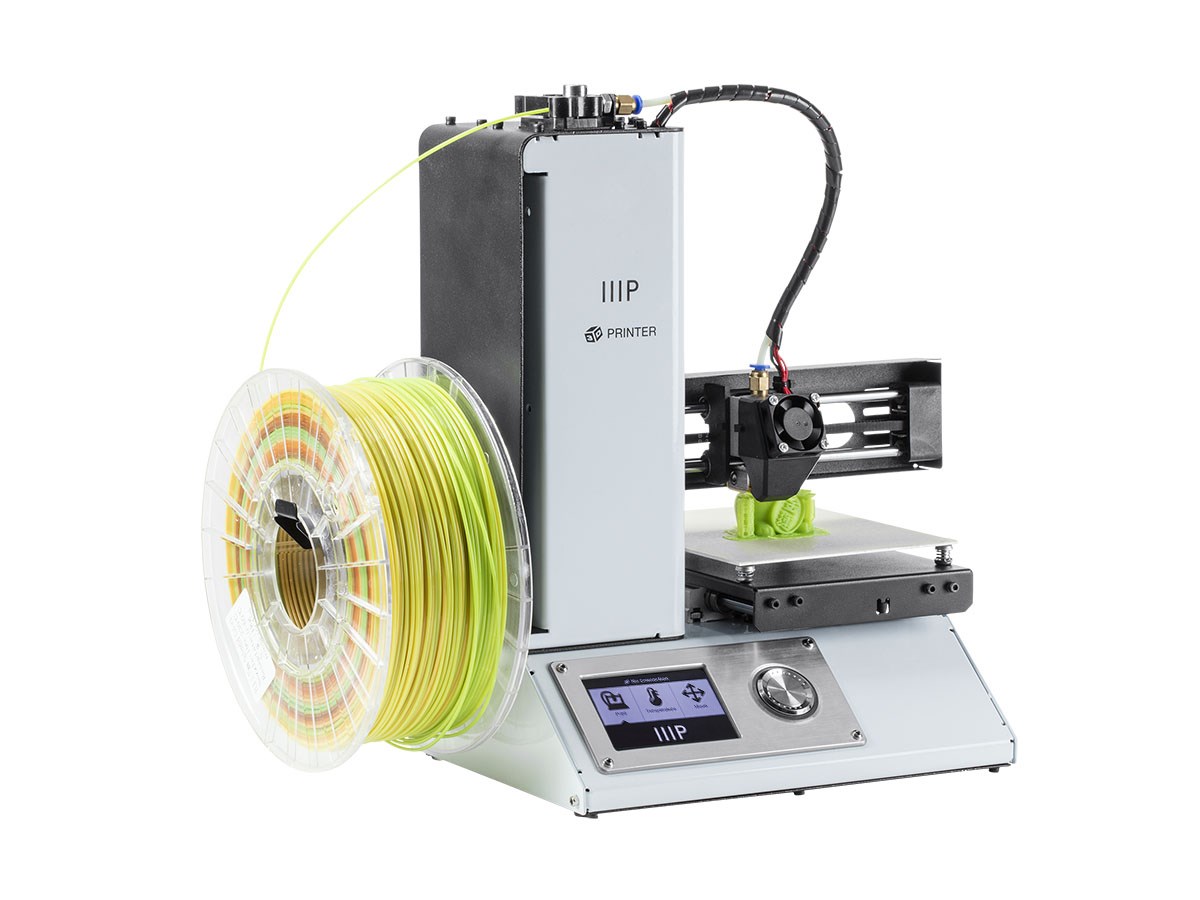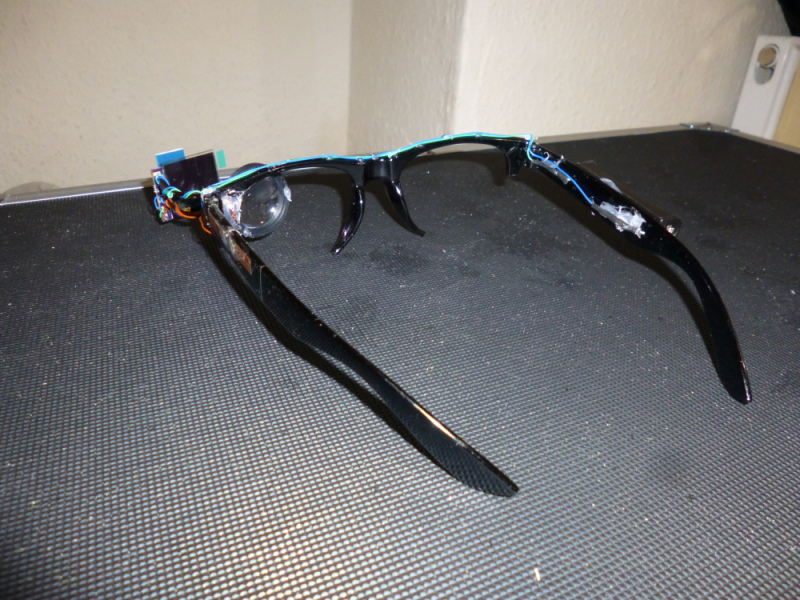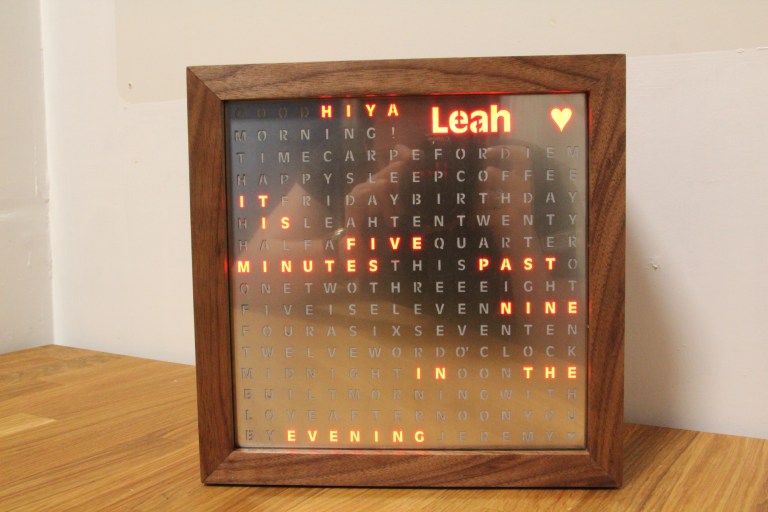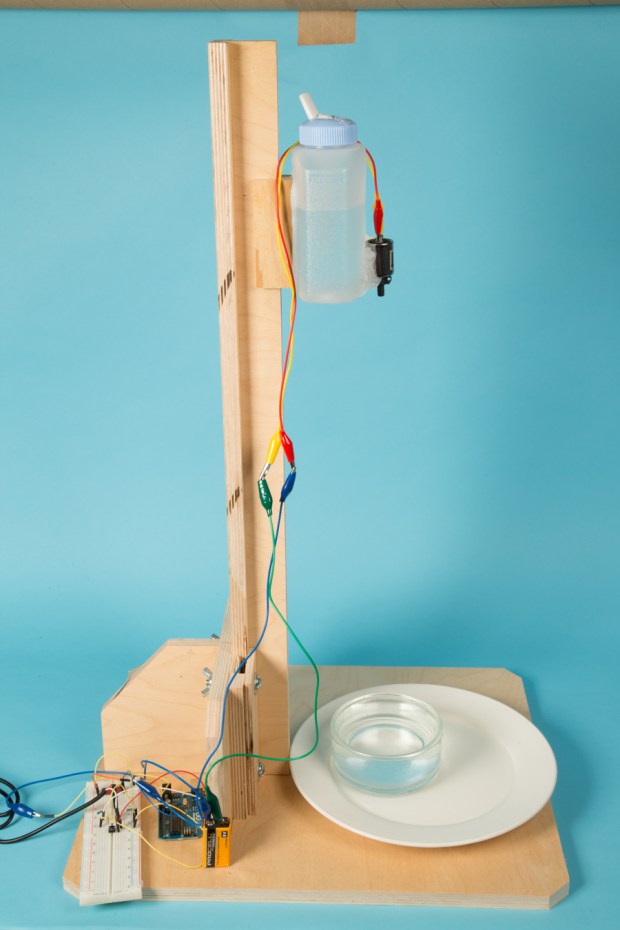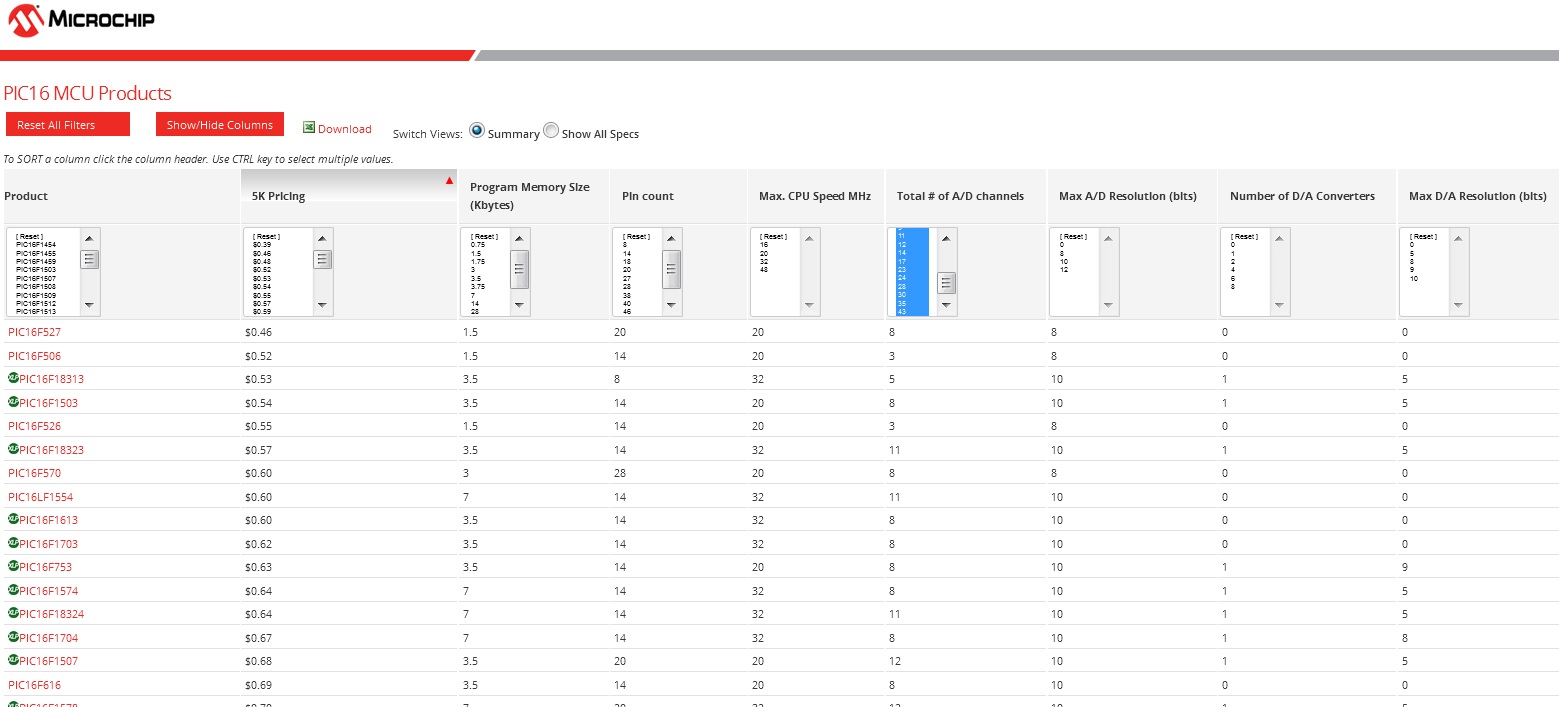DIY Circular Stepper Motor Clock
Looking for a clock build? This DIY Circular Stepper Motor Clock looks like fun and the parts would be very inexpensive. “The idea behind the clock is a circle with a circumference of 72cm (28.3465 inch’s) that ticks at 1cm every ten minutes which means every 72 ticks will equal 12 hours making it a 12 hour clock. ”

